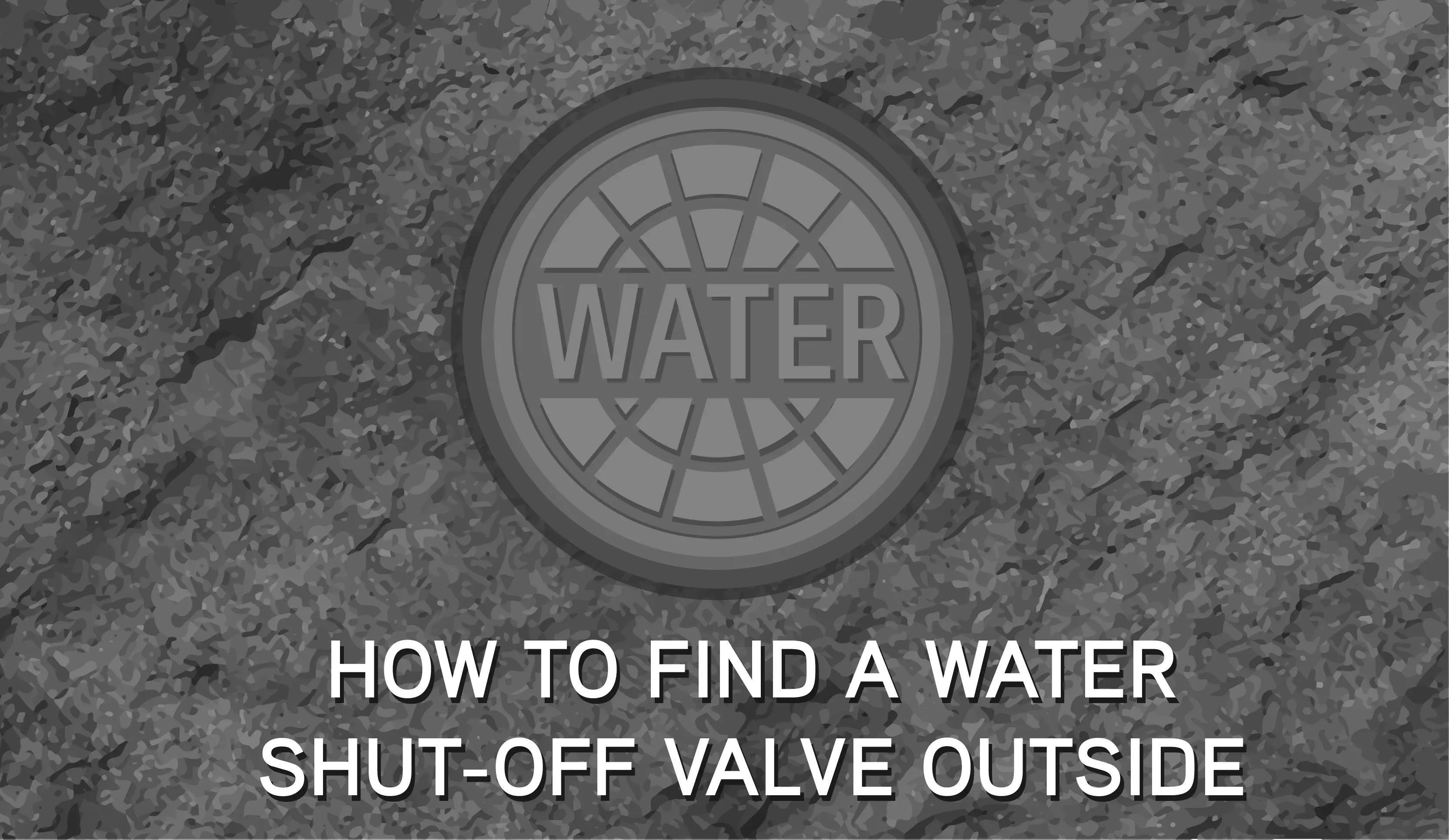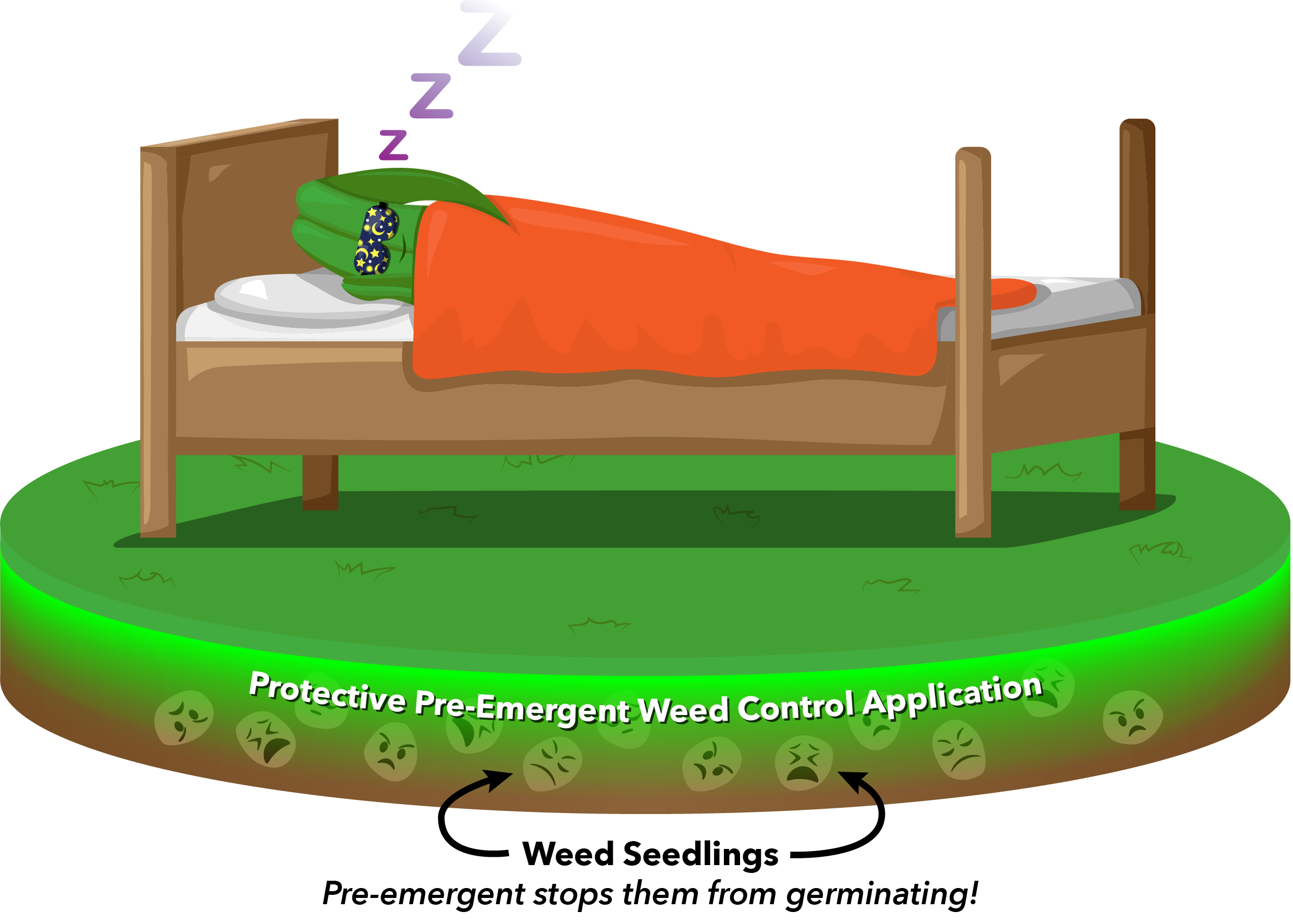Turning off someone's water without proper authorization is generally illegal, as water is considered a basic human necessity.
Water access is a fundamental right. Property owners, landlords, and utility companies must follow strict regulations before reducing water supply. Unauthorized disconnection can lead to severe legal consequences, including fines and penalties. Landlords must provide tenants with proper notice and seek legal procedures if necessary.
Utility companies have strict guidelines to follow, ensuring customers receive adequate warnings and opportunities to resolve issues. Understanding these legal boundaries is crucial to avoid disputes and potential legal ramifications. Always consult legal advice or local regulations before taking any action that could affect someone's access to water.
Legal Framework Surrounding Water Services
Water service disconnections often raise legal concerns. Various regulations protect consumers, making it illegal to turn off someone's water without proper notice and cause. Local laws and utility policies typically govern these actions.
Laws Governing Utilities
Water services are often regulated by local laws. These laws ensure that water is available to everyone and play a crucial role in protecting water rights. Some areas may have stricter rules than others, but all are designed to protect consumers. Utility companies must follow these rules closely, and breaking them can lead to severe penalties. State and federal laws also provide guidelines, further protecting consumers from unfair practices. Knowing your local utility laws is important, as they provide reassurance and protection.
Water Service As A Basic Right
Water is considered a basic human right. Everyone needs water to live. Cutting off someone's water can be illegal. Many places have rules to protect this right, ensuring that even if bills are unpaid, water cannot be cut off entirely in some areas. Laws aim to ensure everyone has access to clean water, even in emergencies. This preparation and security are crucial for health and safety, and everyone should be aware of their rights in these situations.
Typical Reasons For Water Service Termination
Water companies may turn off water for unpaid bills. Customers must pay bills on time to avoid this. Late payments can lead to termination of service. Many companies give warnings before turning off water. These warnings give customers a chance to pay the bills.
Water service may stop for repairs and maintenance. This ensures the safety and quality of the water supply. Temporary shutdowns are often needed to fix leaks or broken pipes. Notices are usually given to residents before maintenance work starts.
Water can be turned off for safety concerns. If water is contaminated, it must be fixed. Contaminated water can cause illness. Water service is stopped until it is safe again. This helps protect the health of everyone.
Consumer Rights And Protections
Consumers have rights when facing a water shutoff. Utilities must follow laws and regulations. Often, disputes can be resolved through negotiation. Many areas offer mediation services. These services help settle disagreements fairly. Documentation is important in these cases. Always keep records of bills and communications. This helps in dispute resolution. Contact your utility company first. If unresolved, contact a consumer protection agency.
Vulnerable groups receive extra protections. These include elderly, disabled, and low-income individuals. Some laws prevent shutoffs during cold weather. Medical conditions may also provide protections. Documentation of needs can prevent service interruptions. Programs exist to help with payment plans. Non-profits and charities also assist. Always look for available resources.
Notification Requirements Before Shut-off
Water companies must give advance notice before turning off water. The notice should be given at least 10 days before the shut-off date. This allows the residents enough time to make arrangements. If the water shut-off is due to non-payment, an additional final notice is often required. This final notice is usually given 48 hours before the actual shut-off.
Notification must be made through multiple channels. Mailed letters are the most common form. Phone calls and emails are also used to ensure the message is received. Sometimes, companies use door hangers for an extra layer of communication. It's important that residents are fully aware of the impending shut-off.
Understanding Service Agreements
Most water companies have service agreements. These agreements outline the terms and conditions. They state the rights and duties of both the company and the customer. Customers must follow these terms to get uninterrupted service.
Payment of bills on time is a key condition. Not paying bills can lead to service disconnection. Companies also provide notice before turning off the water. This gives customers a chance to resolve issues.
Not following the agreement can have serious consequences. Water disconnection is one of the main actions. This can affect daily life activities. Legal actions can also be taken by the company. Customers might have to pay penalties.
To avoid such situations, customers should always adhere to the agreement. They should communicate with the company if issues arise. Timely resolution can prevent unwanted consequences.

Emergency Situations And Exceptions
In certain situations, turning off water may be necessary. Natural disasters like earthquakes or floods can damage water systems. Shutting off water prevents further damage and contamination, protecting lives and property. Always follow local authorities' guidance during such emergencies.
During public health crises, water might be turned off for safety. For example, a severe waterborne disease outbreak could lead to this measure. Officials may act to stop the spread of illness. Always stay informed and follow health department recommendations. Ensuring public safety remains the top priority.
Disputing Unlawful Water Termination
Many laws protect people from unlawful water termination. Tenants have rights under local and state laws. They can seek help from legal aid organizations, which can provide free legal assistance. Courts often side with tenants in such disputes. Landlords must follow proper procedures before turning off water. Failure to do so can lead to penalties.
Consumer advocacy groups play a crucial role. They help educate people about their rights. These groups also offer support and advice. They can help you file complaints against unlawful actions. Many groups work closely with lawyers to ensure justice. They also lobby for stronger laws to protect consumers.
Preventive Measures And Best Practices
Paying water bills on time is very important. Late payments may lead to water shutoff. Always keep track of your payment due dates. Set up automatic payments. This helps avoid any missed payments. Use reminders on your phone to stay updated.
Know your legal rights regarding water services. Contact your local utility company for information. Some areas have laws to protect residents, which can prevent unfair water shutoffs. Seek legal advice if needed. Stay updated on any changes in these laws. This helps you be prepared.
Frequently Asked Questions
Are They Allowed To Cut Your Water Off?
Yes, utilities can cut off your water supply for non-payment. Check local regulations and seek assistance if you are facing disconnection.
What Is The New Water Disconnection Law In Texas?
Texas's new water disconnection law prevents utilities from disconnecting water service during extreme weather. This law ensures residents maintain access to essential water services during emergencies.
Is It Illegal To Turn Water Back On In Texas?
Yes, turning the water back on in Texas without authorization is illegal. Unauthorized actions can lead to fines and legal consequences.
Can A Landlord Turn Off Water Without Notice In Texas?
No, a landlord cannot turn off water without notice in Texas. It's illegal and considered a form of harassment.
Conclusion
Understanding the legality of turning off someone's water is crucial. It varies by location and circumstance. Always consult local laws and regulations. Unauthorized disconnection can lead to severe consequences. Protect yourself by staying informed and seeking legal advice when necessary.
Read Also: Is It Bad to Shut off Water to Toilet?




